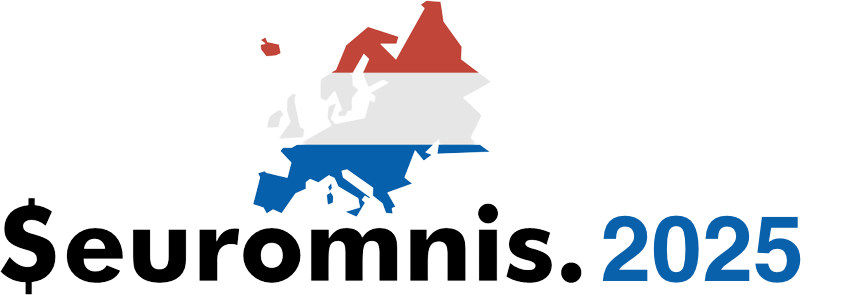This hands on session shows you to enhance the capabilities of the Omnis js-client; by modifying the original Omnis code, using and finding undocumented features, adding to the core functionality and improving debugging.
For better or worse; the code of the JSClient is open. You can change it. This session provides you with a sample app showing how to:
4 days / 20 talks
Awesome and great speakers

Lars Scharer
Lars fell in love with the first version of Omnis 5 running on Windows 3.0 some 24 years ago, when he needed software to run System-House, a company he founded with his brother in 1987. After finishing medical school, Lars completed a PhD in medical informatics, specializing in clinical research databases.
Lars wrote his first mobile app in 2001. Since 2005, he has contributed sessions on mobile computing at several Euromnis Conferences, helping guide our community into this ever growing market. The first Javascript Client success story on the Omnis Website featured one of his apps.
Lars enjoys living in Freiburg, the warmest city in Germany, with Steffi and 4 boys. He never understood the difference between work and fun – so he is always trying to change the world to what it was meant to be.
Javascript Client – on steroids
- Add many familiar notational tree elements to the js-client that you use with the Omnis fat-client; like $root, $cwind, and $iwindows. Use this to:
- Show multiple forms simultaneously using a single task.
- Communicate between subwindows which is good foundation for reusable widgets.
- Communicate between forms removing the need for a “desktop-window”. This enables more complex apps and supports window instances.
- Access the notation tree in the debugger, improving the js-client debugging process.
Learning notation for Omnis fat-client had a rewarding learning curve; providing much more control, ease, speed of development and building reusable objects. The Omnis js-client offers a subset of the notation tree of the fat client and extending it helps provide similar benefits. - Escape from callback hell, by adding your own stack for survival in an async world
- Learn how to make a server-call while waiting for another server-call.
- Trigger methods, depend on other methods return before execution
- Automatically ask for login where required
- Gain full control of communication; what events are (or are not) sent, by-passing the built in flow
- Run multiple server methods simultaneously.
- Disconnect and reconnect sessions of the js-client
- Set up a lightweight and convenient widget framework
The session is interactive. The techniques to explore and extend are shared with the attendees.
Omnis and Industry 4.0
Industry 4.0, or the 4th industrial revolution, is a general term applied to the interaction of software and the ability to communicate with internet enabled devices, the IoT (internet of things). The borders between virtual reality and real(?) reality are becoming blurred as more and more devices become “smart” or at least “connected”.
This session is hands on and shows how to use Omnis to talk with simple and more complex industrial devices and setups. It involves learning some GCODE – a simple procedural language for controlling machines – and using Omnis to control the logic of machines. At the end of the session, you can take home something you produced on a real machine.
The session outline includes:
- Some theory and history:
- A look at Arduino and a simple framework to unify communication with sensors and actors with Omnis acting as client and server. (Including sharing experience which boards, sensors and actors to avoid/recommend.)
- A discussion of CAD, CAM and CNC. Controlling machines used to be difficult, reserved for highly specialised experts working hard to control a narrow selection of machines. This has changed. Interfacing manufacturing equipment keeps getting easier. This opens up new business opportunities for Omnis.
- Bringing theory to reality by
- Writing some basic G-Code. G-Code is an easy procedural programming language, predating Omnis and even SQL by decades. And G-Code is the most widely used programming language for CNC devices.
- Using a very popular professional tool for producing more complex G-Code (Fusion 360 ).
- Learning how to control G-Code with Omnis.
- Interfacing some more complex CNC hardware & software (e.g. Mach4 and/or UCCNC), and learning how to control machine attributes, methods and events.
- Using modbus and TCP for communication and make the whole system work together – using Omnis.
- Simulating the manufacturing process and
-
- Actually producing something (3D-Printing, Milling and/or Laser-Cutting) to take home.

